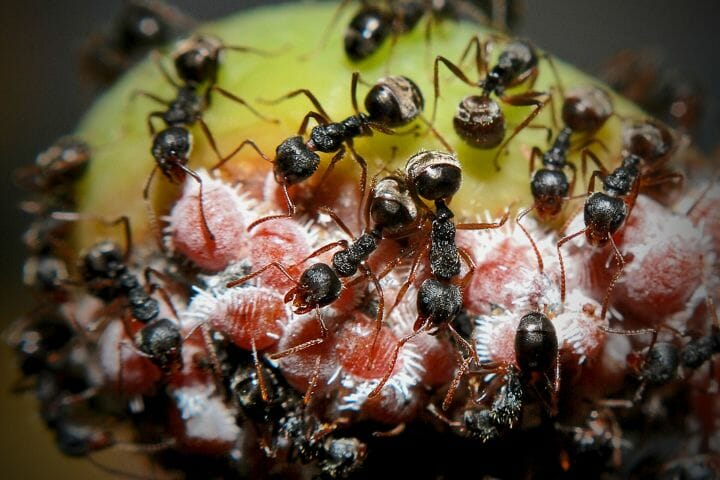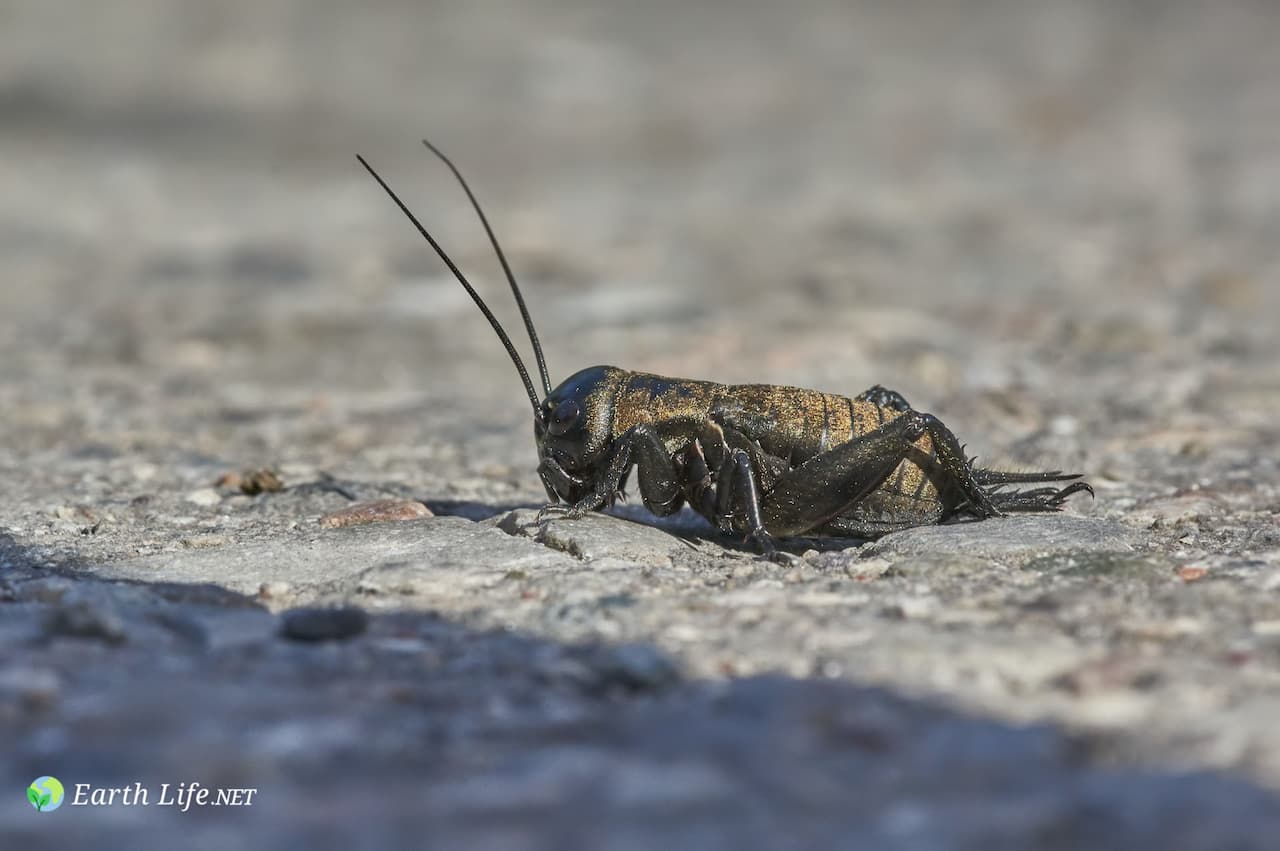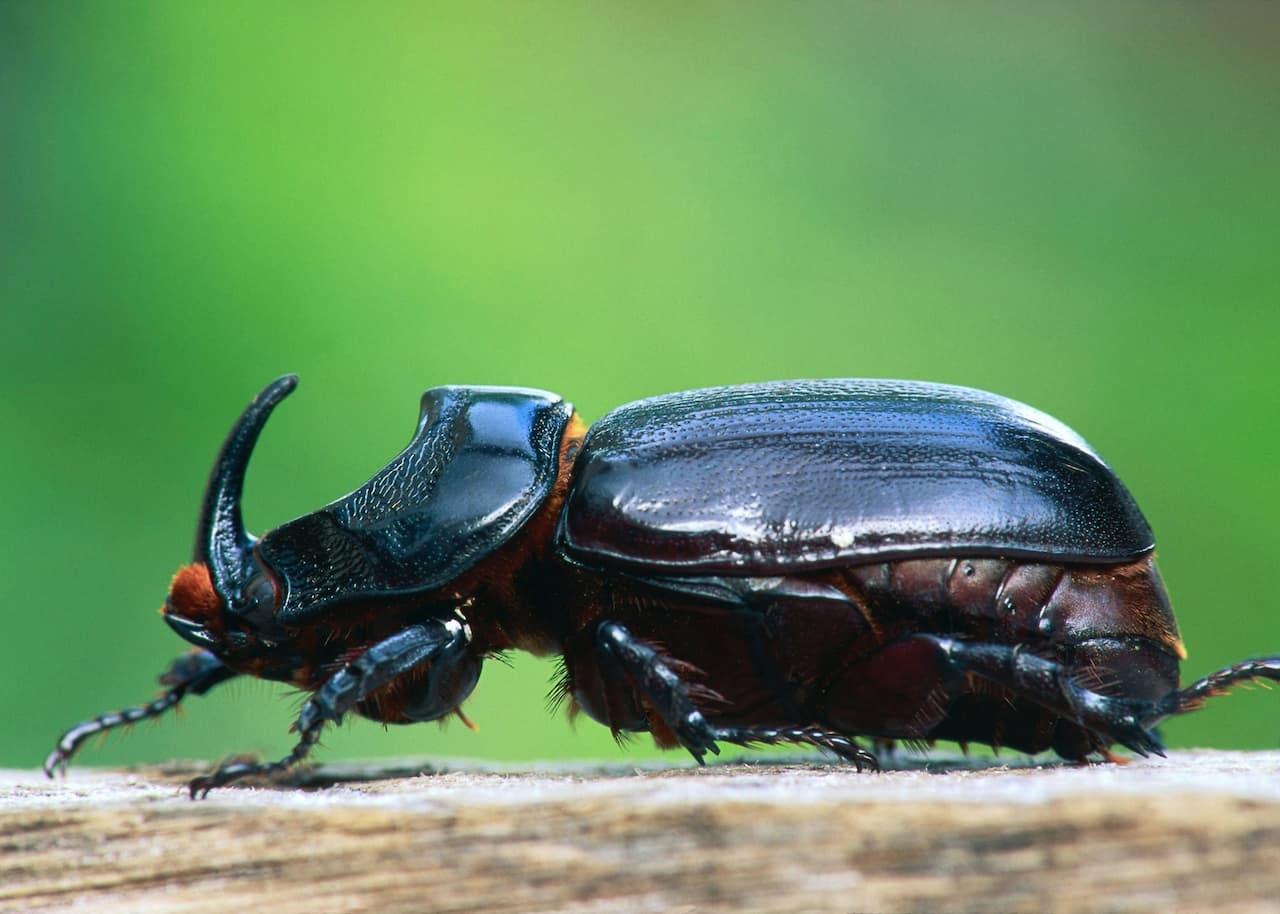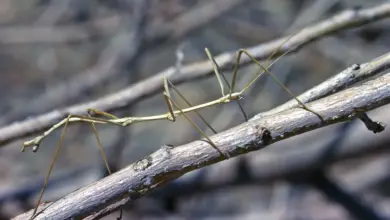Lasius Niger (Black Garden Ant)
Learn all about the life and times of the Lasius Niger ants.
For much of the year, most of the ants in the nest are the neuter (sexless) females known as workers.
They are all sisters and, generally speaking, have no young of their own. Instead, they help raise more younger sisters who have been produced by the mutual mother, the Queen.

Rise of the Sexuals
Sometime in late June or early July, however, the Queen lays some special eggs. These grow up as the new sexuals, both females (called gynes) and males.
Unlike other ants, these sexuals can fly. On some warm evening, the sexuals from all the nests in a given area (this can be an area as large as Southern England for L. niger) rise up from their underground nest and search for mates from other nests.
Most species of ants do this at some time of year, and it is known as the ‘Nuptial Flight.’
The males compete for the females, and the females may mate with more than one male during the nuptial flight, but they never mate again after it.
You can often spot when a nuptial flight is happening because loads of birds have an aerial feast on the fat-rich sexuals. Sexuals are larger than the workers and often easy to catch.

The Queen is Crowned
Once she is mated, a female, and is called a Queen, she is destined to be the longest-lived and most important member of a new colony (some wood-ant queens are known to live for more than 20 years).
The first act of the newly mated queen is to find a safe place to make a new home. Once she has found a suitable site, generally under a log or stone, she digs and scrapes a small hole.
She then climbs into it and plugs up the entrance from the inside so that she is well hidden from the world (this is considered to be an advanced trait in ants as many species are not so isolationist).
After (or some times before) secreting herself away, the new queen discards her wings, she will never fly again, and they are nutritionally valueless.
She redigests her large thoracic flight muscles as these have served their single purpose in life and are now more useful as a food reserve for the next few months.
During this time, she will raise her first brood of workers without eating a single meal.

Cometh the Nanitics
She is ready to lay eggs in 4 to 7 days, and her first lot of eggs, about 10 to 20 in number, hatch into very small workers called ‘Nanitics.’
These Nanitics take over the job of raising the queens young, and they will soon be helped by the next lot of full-sized workers. The queen now settles down to a life of eating and laying eggs.
The Nanitics open the entrance to the nest and start foraging for food as soon as the weather is suitable.
Foragers collect nectar from flowers and a sugary substance called honeydew from aphids (hemipterans) and some lepidopteran larvae.
Different species of ants protect their ‘herd’ and sometimes even build them shelters. These are what is commonly referred to as “ant cattle.”
They also collect seeds and other invertebrates. This solid food is only for the larvae as the adults only need carbohydrates for energy and thus feed exclusively on sugars and water.

Sharing the Honey
Ants that have collected some nectar can carry more than they need for themselves in their crops, and this extra can be shared with other members of the colony when they get back to the nest.
This sharing is done when one ant passes a drop of fluid from its crop into its mouth and a second ant collects it in her mouth.
This is called ‘trophallaxis’ and looks to us like two ants kissing; it is as important to the ants as kissing is to us, if not more so.
The jobs that ants perform for the colony change during their lives.
Newly ‘eclosed’ (having just emerged from the pupa), adult workers, called ‘callows,’ work inside the nest as cleaners first, then as nurses helping tend the larvae, then only when they are older do they become foragers and soldiers.

A New Beginning
Ants are not born with an inherent knowledge of all the work they have to do but learn by copying their older nest mates.
After a few years, the colony will be strong enough to start producing sexuals of its own.





